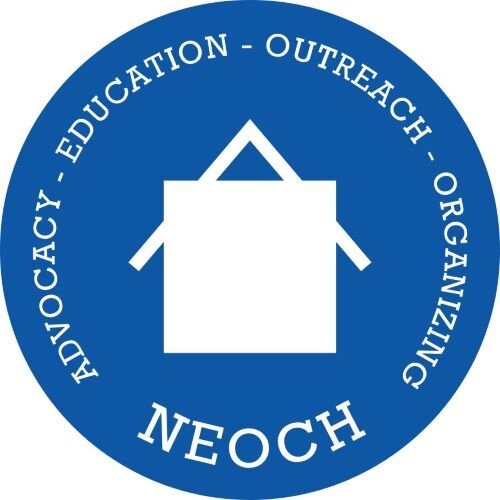Vendors Suggest Changes During Summer Class
To the editors:
As newspaper vendors for The Homeless Grapevine, the publication of the Northeast Ohio Coalition for the Homeless, we are in a unique position to understand the needs of low-income and homeless, and all of us rely on the sale of our newspaper as a primary source of income.
Homelessness should be a temporary condition. As American’s poorest big city, Cleveland must deal with its large numbers of homeless and low-income persons in a way that fosters their economic success. We would like to suggest ways the city of Cleveland can avoid some of the problems of social welfare we have encountered and encourage its homeless and low-income citizens to become independent.
Most of our suggestions have to do with the way homeless shelters process, house, and treat their homeless and low-income clients. While we understand that many shelters are often overcrowded and understaffed, we believe a more streamlined approach to sheltering the homeless would benefit both the homeless and the shelter employees. Shelters need to adhere to a strict intake process that determines why a homeless person needs shelter, what source of income that person has, and that limits the length of time the homeless person can remain at the shelter. By establishing a case plan that tracks each resident’s stay and employment progress, Cleveland can avoid the problem of homeless persons who move from shelter to shelter, using shelter housing as a permanent residence.
Because shelter housing should be the first step toward permanent housing, shelters can help prepare residents for the next step by making available at their facilities programs that provide job training, or, like Dress for Success, that help residents prepare for interviews and working life. We would like to see RTA schedules available at all city shelters, too, and the city’s help in defraying the costs of transporting residents to any jobs they secure. We would also like to see shelters offer separate facilities for the employed, so that these residents can benefit from the stricter schedules and goal-oriented behavior of their fellow residents. Shelters must strive to be comfortable sites in which the homeless and the people who serve them coexist peacefully and productively. Shelters should provide educational activities for the homeless they house and psychological counseling for both the residents and the staff. Shelters can encourage the sobriety of their residents by allowing chapters of Narcotics Anonymous and Alcoholics Anonymous to meet there. Shelters should require homeless person to take any medications they may be prescribed as a condition of their housing. Finally, since the formerly homeless are in the best position to help the currently homeless shelters should make an effort to staff their facilities with those who have experienced homelessness themselves.
The changes we recommend might seem costly to implement. To defray expenses, the city of Cleveland could turn some of its vast numbers of empty buildings into homeless shelters, and we think all city shelters should offer some kind of “savings bank” for those residents who have an income that encourages them to save a percentage of it, a small portion of which might be taken and used to help run the shelter itself. We feel that shelter residents will take their housing more seriously if they are contributing to its upkeep at the same time they are saving for their own future.
Implementing our ideas may indeed be costly, but it is far more costly in the long run to allow shelters to operate inefficiently and to do nothing to help shelter residents get back on their feet.
Sincerely,
Cathy Brown, Dolores Manley, Frank Novak, Arthur Price Jr, Marsha Rizzo-Swanson, Homeless Grapevine vendors
Copyright: NEOCH Homeless Grapevine; Cleveland, Ohio- December 2005: Issue 73
